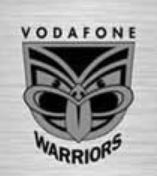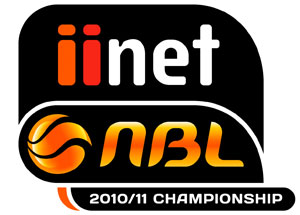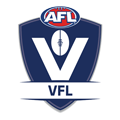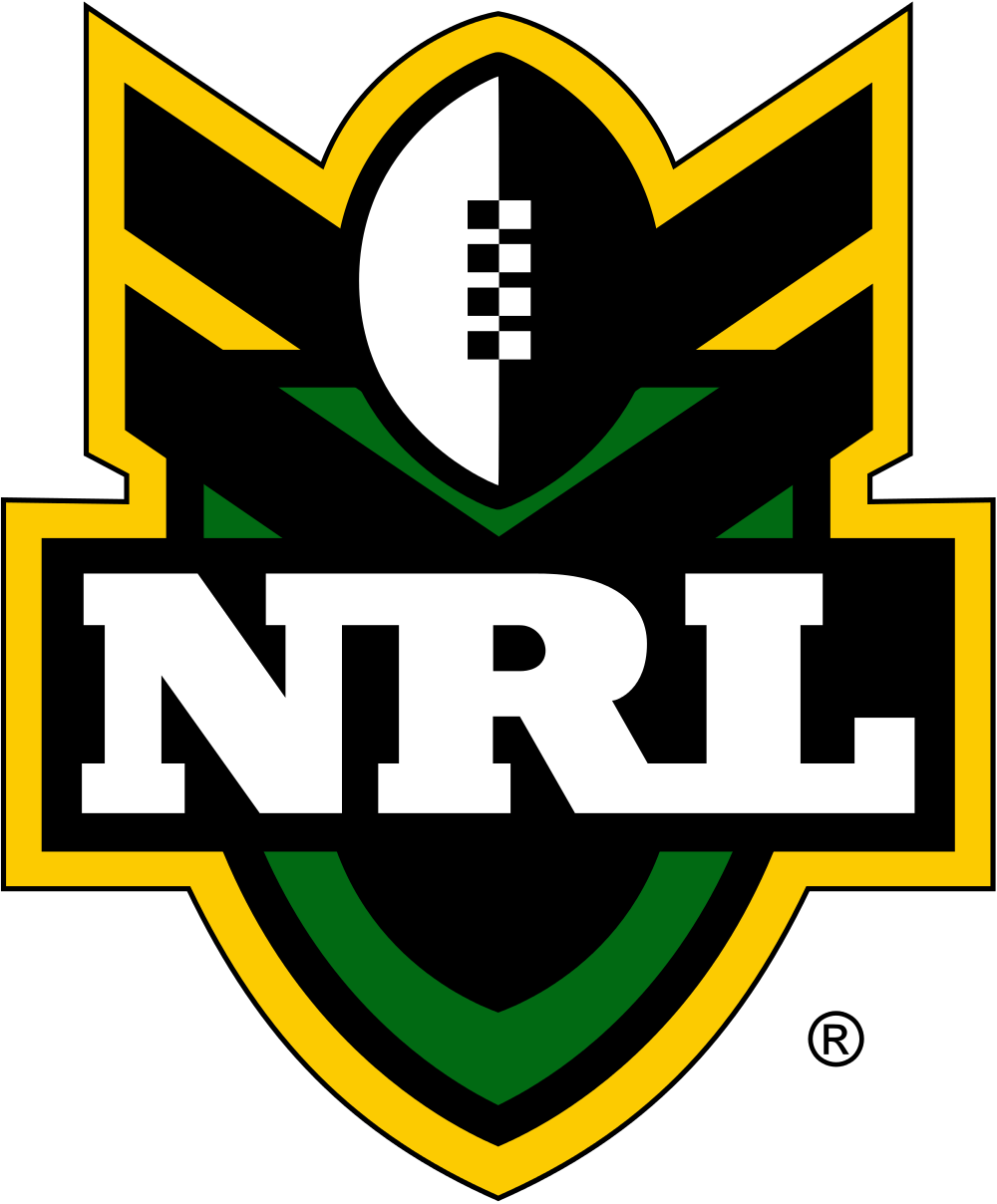Table of Contents
- Exploring Tyson’s Fight Odds – A Comprehensive Guide
- Historical Performance Impact on Betting Lines
- Career Milestones and Market Perception
- Psychological Factors and Historical Trends
- Expert Predictions vs. Public Opinion
- The Expert Perspective
- The Public’s Influence
- Analyzing Key Factors for Tyson’s Success
- Physical Conditioning
- Technical Proficiency
Exploring Tyson’s Fight Odds – A Comprehensive Guide
In the electrifying realm of professional combat sports, the anticipation and excitement often extend beyond the ring. Fans and enthusiasts alike find themselves drawn into a complex fury odds web of predictions and probabilities. This section delves into the intricacies of these numerical assessments, offering insights into how they are formulated and what they truly signify.
The figures that accompany each bout are more than mere numbers; they are a reflection of the collective wisdom and analysis of experts. These metrics encapsulate a myriad of factors, from physical prowess and historical performance to psychological readiness and strategic planning. By unraveling the layers of these assessments, we gain a deeper understanding of the sport’s dynamics and the broader context in which these events unfold.
Moreover, these numerical indicators serve as a bridge between the sport and its spectators, transforming passive viewing into an active engagement. They invite fans to ponder the potential outcomes, fostering a sense of involvement and investment. This exploration aims to demystify these figures, providing a clearer perspective on their significance and the role they play in the vibrant ecosystem of professional combat sports.
Historical Performance Impact on Betting Lines
The trajectory of an athlete’s career, marked by victories and defeats, plays a crucial role in shaping the expectations of spectators and analysts alike. This historical record, often encapsulated in a series of wins and losses, serves as a foundational element in the formulation of betting lines. The narrative of an athlete’s journey, from their early days to their current standing, is meticulously scrutinized to predict future outcomes. This historical context is not merely a backdrop but a dynamic force that influences the perceived likelihood of success or failure in upcoming engagements.
Career Milestones and Market Perception
Key moments in an athlete’s career, such as championship wins, significant upsets, or prolonged streaks of dominance, can dramatically alter the betting landscape. These milestones are often interpreted as indicators of an athlete’s peak performance or potential decline. For instance, a string of consecutive victories can inflate the perceived value of a competitor, driving up the betting odds in their favor. Conversely, a series of losses can lead to a reduction in confidence, resulting in lower odds and a shift in the betting market.
Psychological Factors and Historical Trends
Beyond the raw data of wins and losses, psychological factors embedded in an athlete’s historical performance also play a pivotal role. The ability to recover from setbacks, maintain composure under pressure, and adapt to evolving strategies are all elements that historical trends can illuminate. Bettors and analysts alike draw upon these insights to gauge an athlete’s mental fortitude and resilience. Such psychological insights can provide a nuanced understanding of an athlete’s potential performance, influencing the betting lines in subtle yet significant ways.
In summary, the historical performance of an athlete is a multifaceted lens through which the betting market interprets and anticipates future outcomes. By examining career milestones and psychological trends, stakeholders can make informed decisions that reflect a deeper comprehension of an athlete’s capabilities and limitations.
Expert Predictions vs. Public Opinion
When it comes to assessing the potential outcomes of a high-stakes competition, the divergence between expert analysis and popular sentiment often becomes evident. While experts rely on a combination of data, historical performance, and nuanced insights, the public frequently leans on emotional responses, media narratives, and personal biases. This contrast can lead to significantly different perspectives, influencing how expectations are shaped and outcomes are perceived.
The Expert Perspective
Experts in the field employ a rigorous methodology to forecast results. They dissect past performances, evaluate current form, and consider various external factors that could impact the event. Their predictions are often data-driven, relying on statistical models and historical trends. This approach allows them to identify subtle patterns and make informed assessments, even in scenarios where public opinion might be swayed by more superficial elements.
The Public’s Influence
On the other hand, public opinion is shaped by a broader range of influences. Media coverage, social media trends, and personal allegiances play a significant role in how the audience perceives the likelihood of certain outcomes. While this can create a more dynamic and engaging atmosphere, it also means that public predictions are often less grounded in objective analysis. Emotional investment and the desire for certain narratives to unfold can lead to a skewed perception of reality.
In summary, while experts provide a more structured and analytical view, public opinion offers a more emotional and varied perspective. Both are valuable in their own right, but understanding the differences can help in navigating the complexities of predicting high-stakes events.
Analyzing Key Factors for Tyson’s Success
Achieving unparalleled dominance in the ring requires a multifaceted approach. This section delves into the critical elements that contributed to the fighter’s extraordinary performance. By examining these factors, we gain insight into what made their career so formidable.
Physical Conditioning
Superior physical fitness is the cornerstone of any successful combatant. The athlete’s rigorous training regimen focused on:
- Strength Training: Building explosive power through targeted weightlifting exercises.
- Endurance: Enhancing stamina to maintain peak performance throughout the match.
- Agility: Improving reflexes and movement to evade and counter opponents effectively.
Technical Proficiency
Mastery of combat techniques is essential for outmaneuvering rivals. The fighter’s technical skills included:
- Precision Striking: Perfecting the timing and accuracy of punches to maximize impact.
- Defensive Tactics: Utilizing effective blocking and dodging strategies to minimize damage.
- Combination Moves: Executing sequences of attacks to overwhelm opponents and create openings.
By combining these elements, the athlete not only dominated their opponents but also set new standards in the sport.





































